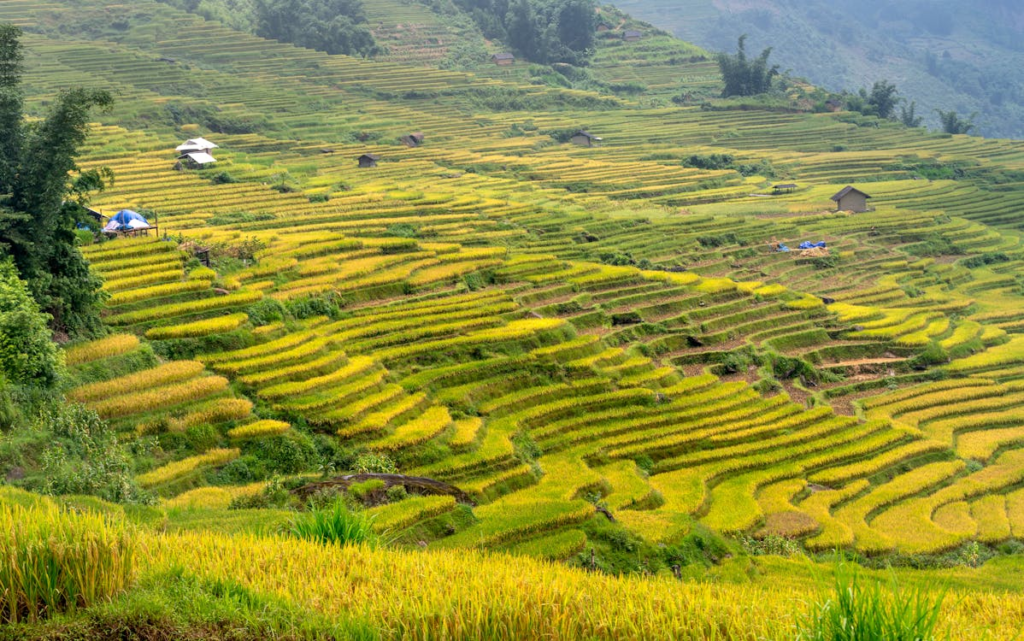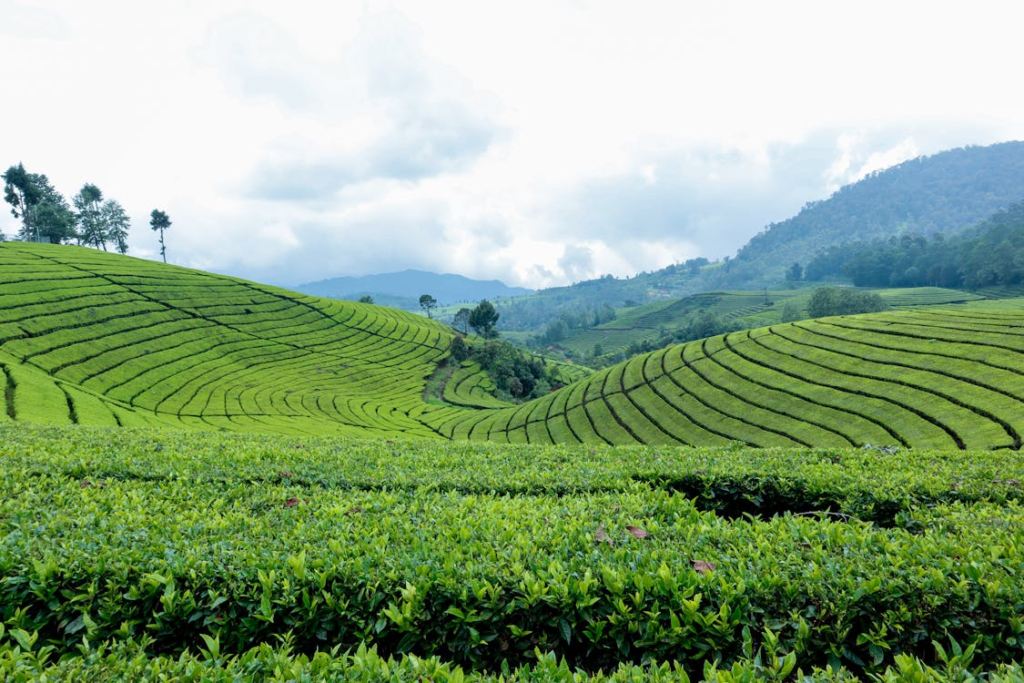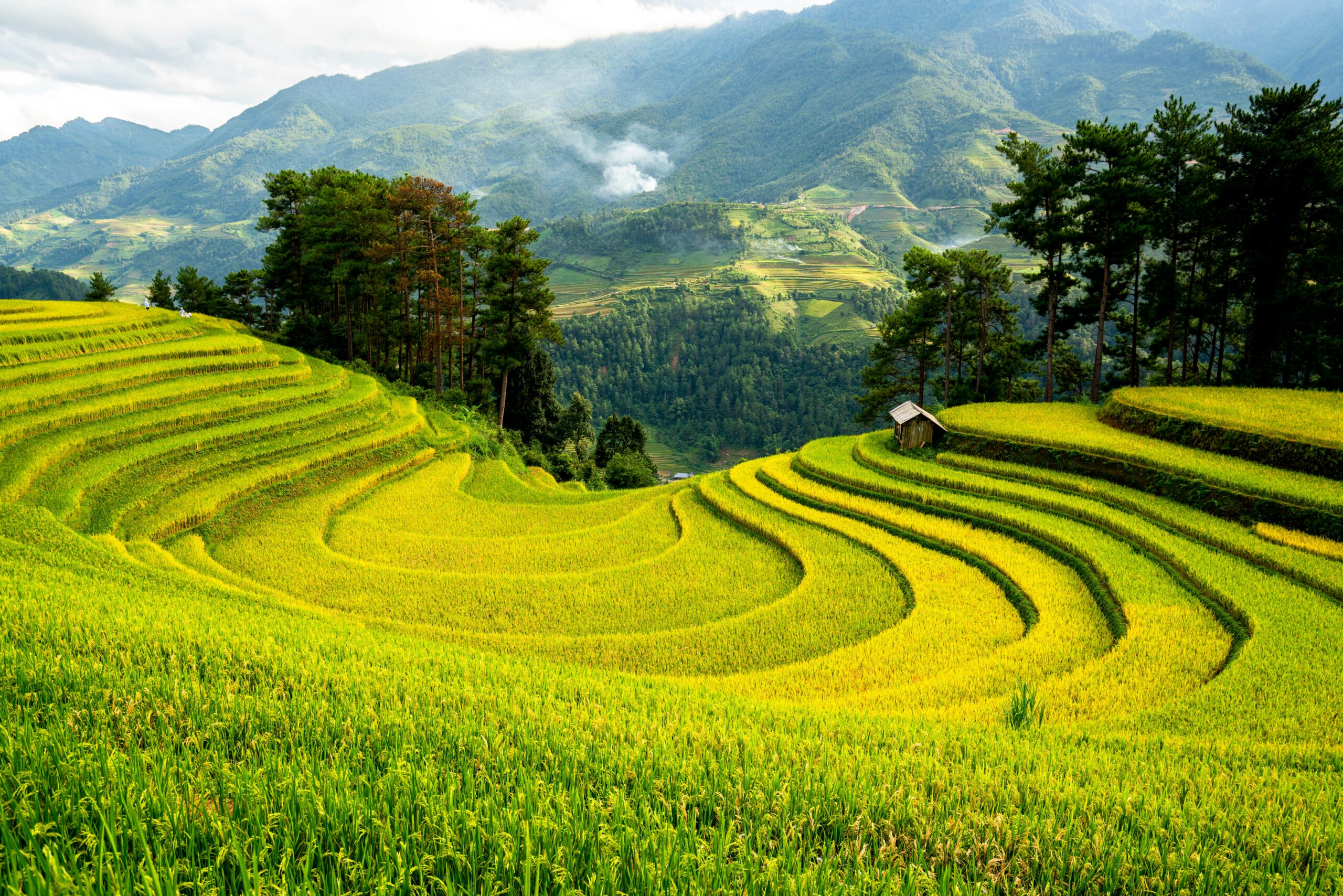
Terrace farming is an innovative and efficient method of farming that has been around for centuries. This agricultural technique is used to grow crops on the slopes of mountains or hills by creating a series of steps or terraces. It is also known as terraced farming or terracing. With increasing urbanization and limited arable land, terrace farming is gaining popularity as an alternative to traditional farming methods. If you are curious about what is terrace farming, how it works, and why it is beneficial, you are in the right place.
In this comprehensive guide, we will explore everything you need to know about terrace farming, including the advantages of terracing, its history, how it works, and practical tips for successful implementation. Whether you’re a novice looking to start your farming journey or an experienced farmer wanting to optimize land usage, terrace farming might be the solution you’ve been searching for.
What Is Terrace Farming? A Brief Overview
Terrace farming involves carving out flat areas or steps on sloped land to create terraces, allowing crops to grow in a controlled, sustainable way. It is most commonly practiced in regions with mountainous terrains, where the natural landscape does not lend itself to traditional farming methods. By using this technique, farmers can maximize land use, reduce soil erosion, and improve water retention, all of which contribute to better crop yields.
How Does Terracing Work?
Terracing is a process of constructing walls or barriers that separate different levels or platforms, creating flat areas on slopes. These terraces help in conserving soil and water, preventing runoff, and providing stability to the land. The terraces can be made from various materials such as stone, mud, or concrete, depending on the location and the farmer’s needs.
Terrace farming is particularly popular in regions like the Himalayas, Andes, and Southeast Asia, where hilly and mountainous terrains are common. The method dates back thousands of years and is still widely practiced today. If you want to learn more about different farming methods that can be applied in various regions, check out this comprehensive guide to wheat cultivation and organic farming techniques.
The Key Advantages of Terrace Farming

Terrace farming offers numerous benefits for both the environment and farmers. Below, we’ll explore the top five advantages of terracing and why it’s becoming increasingly important in modern farming.
1. Prevents Soil Erosion
One of the primary advantages of terrace farming is its ability to prevent soil erosion. On steep slopes, rainwater tends to flow rapidly downhill, carrying away the fertile topsoil needed for healthy crops. By creating terraces, water is slowed down and redirected, reducing the speed of runoff. This prevents the loss of valuable soil and helps maintain the integrity of the land.
Farmers who practice terrace farming often experience less soil erosion compared to those who farm on flat land or do not use proper erosion control methods. For a deeper dive into soil health and organic farming techniques, be sure to explore this guide to soil protection.
2. Improves Water Retention
In areas with heavy rainfall or dry spells, managing water resources can be challenging. Terrace farming helps retain water by trapping it in the steps or platforms created by the terraces. The terraces act as natural reservoirs, allowing water to seep into the soil gradually and ensuring that crops have a steady supply of moisture.
Terrace farming is particularly useful in dry regions where irrigation systems are limited or unavailable. The ability to conserve water can lead to improved crop yields and a more sustainable farming practice. If you are curious about how to maximize your water resources for crops, read more on water-efficient farming techniques.
3. Increases Land Productivity
Terracing allows farmers to maximize the use of land that would otherwise be unsuitable for traditional farming. By transforming sloped or hilly terrain into flat, usable spaces, terrace farming opens up new areas for cultivation. This increased land productivity is especially beneficial for farmers in areas where arable land is limited.
For instance, in regions where flat land is scarce, terrace farming can create multiple levels of crop cultivation, thereby expanding the overall farm’s potential. By strategically placing different crops on each terrace, farmers can optimize their harvest. To learn more about effective farming strategies, check out this guide to sustainable crop farming.
4. Reduces Water Runoff and Flooding
Terracing plays a crucial role in reducing water runoff and preventing flooding, which is particularly beneficial for areas that experience heavy rainfall. When water runs off slopes without being captured, it can flood lower areas and damage crops. By controlling the water flow with terraces, farmers can prevent this from happening, ensuring that both the land and the crops remain intact.
In addition to reducing flood risks, the water that accumulates on each terrace can be used for irrigation, further enhancing the sustainability of the farming system. This approach to water management is vital for both crop growth and environmental preservation.
5. Promotes Biodiversity

Terrace farming provides opportunities for a wide variety of crops to be grown in different elevations and microclimates. By using multiple terraces, farmers can cultivate diverse crops that may not otherwise thrive in the same environment. For example, certain crops may flourish on the higher terraces where the temperature is cooler, while others may be better suited for the lower terraces.
This diversity promotes biodiversity, reduces the risk of crop failure, and increases the overall resilience of the farm. It also contributes to healthier ecosystems and supports a wider range of plant and animal species. For tips on growing a variety of crops and boosting farm biodiversity, check out this guide on growing crops with organic farming techniques.
How to Implement Terrace Farming on Your Land
If you’re interested in starting terrace farming, here are some essential steps you should follow to ensure success.
1. Assess the Land and Identify Suitable Slopes
The first step in terrace farming is to evaluate your land. Look for areas with natural slopes, as these are the most suitable for creating terraces. However, it’s important to assess the steepness of the slope, as very steep land may require more advanced engineering.
2. Design and Construct the Terraces
Once you’ve identified the right areas, you can start designing and constructing the terraces. The design will depend on the specific slope, the type of crops you want to grow, and the available materials. It’s essential to create a stable foundation for each terrace to prevent collapse or erosion.
3. Soil Preparation and Fertilization
Before planting crops, make sure to prepare the soil adequately. This involves loosening the soil, adding organic fertilizers, and ensuring proper drainage. The terraces will need regular maintenance to keep them in good condition, so soil health is essential for long-term success.
4. Crop Selection and Planting
Choosing the right crops for terrace farming is crucial. Select crops that are well-suited for the climate and soil conditions on each terrace. Some plants may thrive in higher altitudes with cooler temperatures, while others may perform better in lower, warmer areas. For tips on crop selection and maximizing yields, explore our guide to choosing the best crops for organic farming.
5. Irrigation and Water Management
Effective water management is key to successful terrace farming. Depending on the size of your farm and local climate, you may need to incorporate irrigation systems that deliver water to each terrace efficiently. Be sure to monitor water levels and adjust your irrigation methods as needed.
Conclusion: The Future of Terrace Farming
Terrace farming is a sustainable and effective method for maximizing land use in mountainous regions. It prevents soil erosion, improves water retention, and increases land productivity. With the growing challenges of climate change and urbanization, terrace farming provides a practical solution for farmers looking to optimize their land and improve crop yields.
By implementing terrace farming, farmers can not only increase their productivity but also contribute to environmental conservation and biodiversity. As more people embrace this technique, terrace farming is poised to play a significant role in the future of agriculture.

